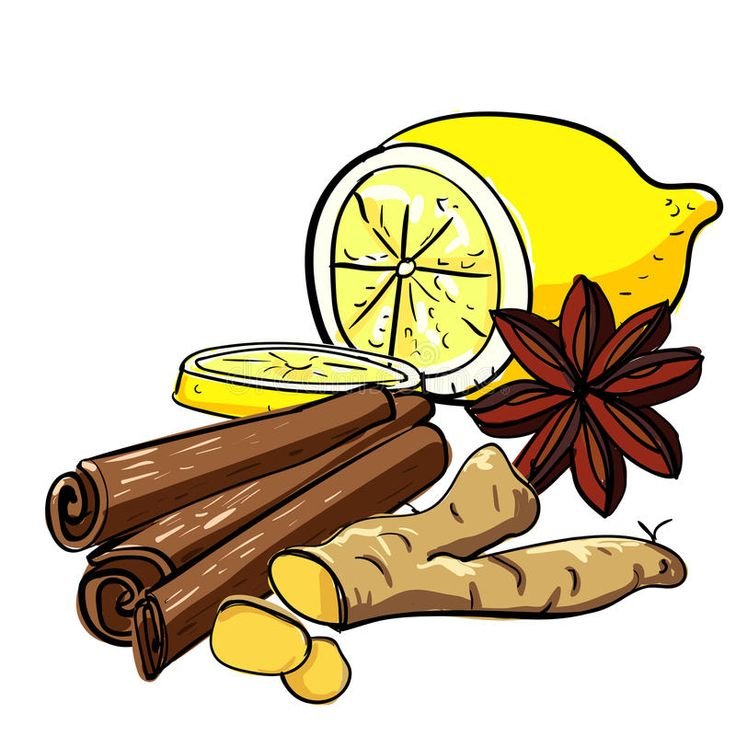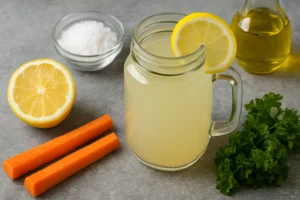Cupping therapy, a practice with origins in ancient Chinese and Middle Eastern medicine, has gained widespread popularity for its ability to alleviate pain, reduce inflammation, and promote relaxation. While many are familiar with the general concept of cupping, fewer know that there are different types, primarily wet cupping and dry cupping. Each method offers unique benefits and suits different therapeutic needs.

Understanding the differences between wet and dry cupping is crucial for anyone considering this therapy. Wet cupping involves a combination of suction and controlled medicinal bleeding, often used to detoxify the body. In contrast, dry cupping uses only suction to draw blood to the surface, which can help relieve muscle tension and improve circulation.
This article delves into the nuances of wet and dry cupping, exploring how each method works, its benefits, and how to choose the right type of cupping therapy for your specific needs. Whether you’re new to cupping or looking to deepen your knowledge, this guide will provide valuable insights into these two popular forms of therapy.
What is Dry Cupping?
How Dry Cupping Works
Dry cupping is the most commonly practiced form of cupping therapy and involves using cups to create a vacuum on the skin. The vacuum effect is typically achieved by heating the air inside the cup or using a mechanical pump to draw out air. When the cup is placed on the skin, the suction pulls the skin and underlying tissues into the cup, stimulating blood flow and promoting healing.
- Procedure: In a typical dry cupping session, the therapist places several cups on specific areas of the body, often focusing on areas of muscle tension or pain. The cups are left in place for about 5 to 15 minutes, depending on the individual’s condition and therapeutic goals.
- Cups Used: Cups used in dry cupping can be made of various materials, including glass, silicone, bamboo, or plastic. Glass cups are often heated to create suction, while silicone cups can be compressed to create a vacuum without the need for heat.
Benefits of Dry Cupping
Dry cupping offers a range of health benefits, particularly for those seeking relief from musculoskeletal issues, stress, or chronic pain.
- Relieves Muscle Tension: The suction effect of dry cupping helps stretch and relax the underlying muscles and fascia, relieving tension and reducing pain. This makes dry cupping especially beneficial for individuals with muscle stiffness, back pain, or sports-related injuries.
- Improves Circulation: By drawing blood to the surface of the skin, dry cupping promotes increased circulation in the targeted area. Improved blood flow can aid in the healing of tissues, reduce inflammation, and support overall recovery.
- Enhances Lymphatic Drainage: Dry cupping can stimulate the lymphatic system, promoting the drainage of excess fluids and toxins. This detoxifying effect can help boost the immune system and support the body’s natural healing processes.
Types of Dry Cupping Techniques
Dry cupping can be performed using various techniques to achieve different therapeutic effects:
- Stationary Cupping: Cups are placed on specific points and left stationary for a set period. This method is commonly used for muscle pain and tension.
- Gliding Cupping: Also known as moving cupping, this technique involves applying oil to the skin and moving the cups in a gliding motion over the muscles. Gliding cupping combines the benefits of cupping and massage, offering a more dynamic treatment for relaxation and pain relief.
- Flash Cupping: Cups are applied and quickly removed in rapid succession. This technique is often used to stimulate circulation and energy flow, particularly in areas with stagnant energy or muscle stiffness.
What is Wet Cupping?
How Wet Cupping Works
Wet cupping, also known as hijama, involves a two-step process: first, the therapist creates suction on the skin using cups, similar to dry cupping. After a few minutes, the cups are removed, and small incisions are made on the skin’s surface. The cups are then reapplied to draw out a small amount of blood. This process is believed to help remove toxins and stagnant blood from the body, promoting detoxification and healing.
- Procedure: In a wet cupping session, the therapist typically leaves the cups in place for about 3 to 5 minutes during the initial suction phase. After making small incisions with a sterile blade, the cups are reapplied to draw out blood. The amount of blood extracted varies depending on the individual’s condition and the therapeutic goals.
- Sterility and Safety: Wet cupping requires careful attention to sterility to prevent infection. Therapists must use sterilized equipment and follow strict hygiene protocols, including wearing gloves and using disposable or properly sterilized cups and blades.
Benefits of Wet Cupping
Wet cupping is believed to offer additional therapeutic benefits beyond those of dry cupping, particularly for individuals seeking detoxification and relief from specific health conditions.
- Detoxification: Wet cupping is often used to draw out what traditional medicine practitioners refer to as “stagnant blood” or “toxins” from the body. This detoxifying effect is believed to help restore balance, improve energy flow, and support the body’s natural healing processes.
- Reduces Inflammation: By removing stagnant blood and promoting fresh blood flow, wet cupping may help reduce inflammation in affected areas. This can be beneficial for individuals dealing with conditions such as arthritis, fibromyalgia, or chronic pain.
- Boosts Immune Function: Some practitioners believe that wet cupping can stimulate the body’s immune response by removing impurities and supporting the circulatory system. This can potentially enhance the body’s ability to fight infections and illnesses.
Precautions and Considerations for Wet Cupping
Wet cupping is a more invasive procedure than dry cupping and requires careful consideration and professional guidance:
- Consultation: Before undergoing wet cupping, consult with a qualified healthcare practitioner to determine if this therapy is appropriate for your specific health condition.
- Contraindications: Wet cupping may not be suitable for individuals with certain health conditions, such as bleeding disorders, anemia, or skin infections. It is also not recommended for pregnant women or individuals with compromised immune systems.
- Aftercare: Proper aftercare is essential to prevent infection and support healing. This includes keeping the treated area clean, avoiding strenuous activities, and following any aftercare instructions provided by the therapist.
Choosing Between Wet and Dry Cupping
When to Choose Dry Cupping
Dry cupping is often recommended for individuals seeking a non-invasive therapy to relieve muscle tension, reduce pain, or promote relaxation. It is suitable for those with:
- Muscle Stiffness or Pain: Dry cupping can effectively relieve tension in the muscles and fascia, making it an excellent choice for conditions such as back pain, neck stiffness, and sports injuries.
- Stress and Anxiety: The relaxing effects of dry cupping can help reduce stress and promote a sense of well-being.
- General Wellness: Individuals looking to improve circulation, support lymphatic drainage, or enhance overall wellness can benefit from regular dry cupping sessions.
When to Choose Wet Cupping
Wet cupping may be more suitable for individuals seeking a deeper detoxification process or relief from specific health conditions. Consider wet cupping if you have:
- Chronic Inflammatory Conditions: Wet cupping may help reduce inflammation and alleviate symptoms associated with conditions such as arthritis, fibromyalgia, or chronic pain.
- High Levels of Toxins: If you believe your body has accumulated toxins due to lifestyle factors, poor diet, or environmental exposure, wet cupping may support detoxification.
- Traditional Medicine Goals: Wet cupping is often used in traditional medicine practices for specific health concerns. If you’re exploring holistic or traditional approaches to health, wet cupping may align with your wellness goals.
Combining Wet and Dry Cupping
In some cases, therapists may recommend a combination of wet and dry cupping to address different aspects of a health condition. This approach allows for a comprehensive treatment that targets both physical tension and the body’s detoxification needs. It’s important to work with a qualified practitioner to determine the most appropriate cupping method for your individual situation.
Conclusion
Understanding the differences between wet and dry cupping can help you make informed decisions about which type of therapy is best suited to your needs. While dry cupping is an excellent option for those seeking muscle relaxation, improved circulation, and general wellness, wet cupping offers a more invasive approach focused on detoxification and addressing specific health conditions.
Both forms of cupping therapy have their unique benefits and applications, making them valuable tools in the realm of holistic healing. By consulting with a qualified practitioner and considering your personal health goals, you can choose the right type of cupping therapy to support your journey toward optimal health and well-being.

















